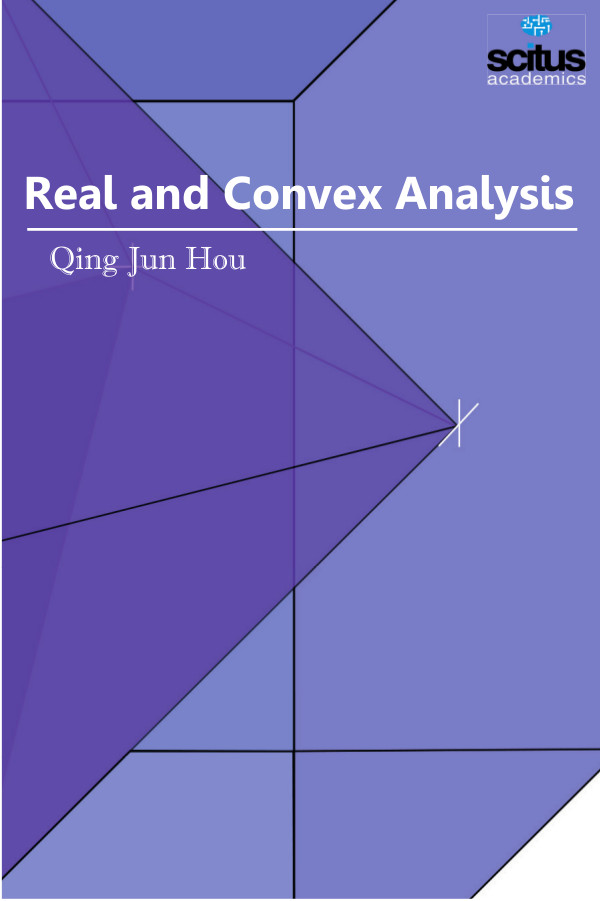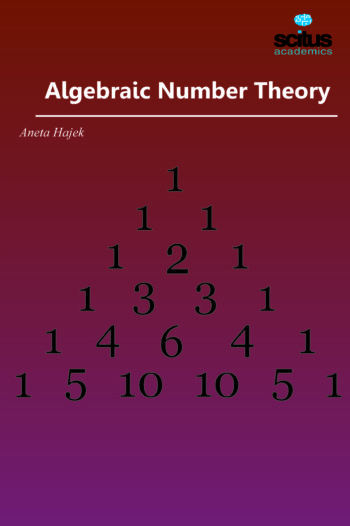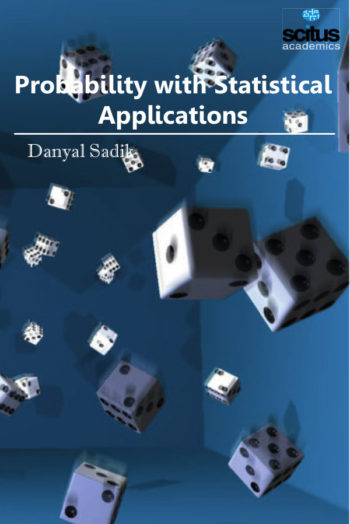Real analysis is an area of mathematics that deals with sets and sequences of real numbers, as well as functions of one or more real variables. As one of the main branches of analysis, it can be seen as a subset of complex analysis, many results of the former being special cases of results in the latter. Real analysis deals with the real numbers and real-valued functions of a real variable. In particular, it deals with the analytic properties of real functions and sequences, including convergence and limits of sequences of real numbers, the calculus of the real numbers, and continuity, smoothness and related properties of real-valued functions. Convex analysis is devoted to the study of properties of convex functions and convex sets, often with applications in convex minimization, a subdomain of optimization theory. One of the fields of application of convex analysis is optimization, meaning, the search for maxima or minima of some functions, and for points at which such extrema are reached. Real-analysis is necessary for probability theory, which is the foundation for all of statistics, operations research, queuing theory, and the mathematical finance. Convex analysis is the mathematical foundation for convex optimization, having deep knowledge of real and convex analysis helps students and researchers apply its tools more effectively.
Real and Convex Analysis aims to provide a concise, accessible account of real and convex analysis and its applications and extensions, for a broad audience. It will be of valuable tool for professors, researchers, scientists and engineers. It can also be used for the advanced undergraduate level students.













